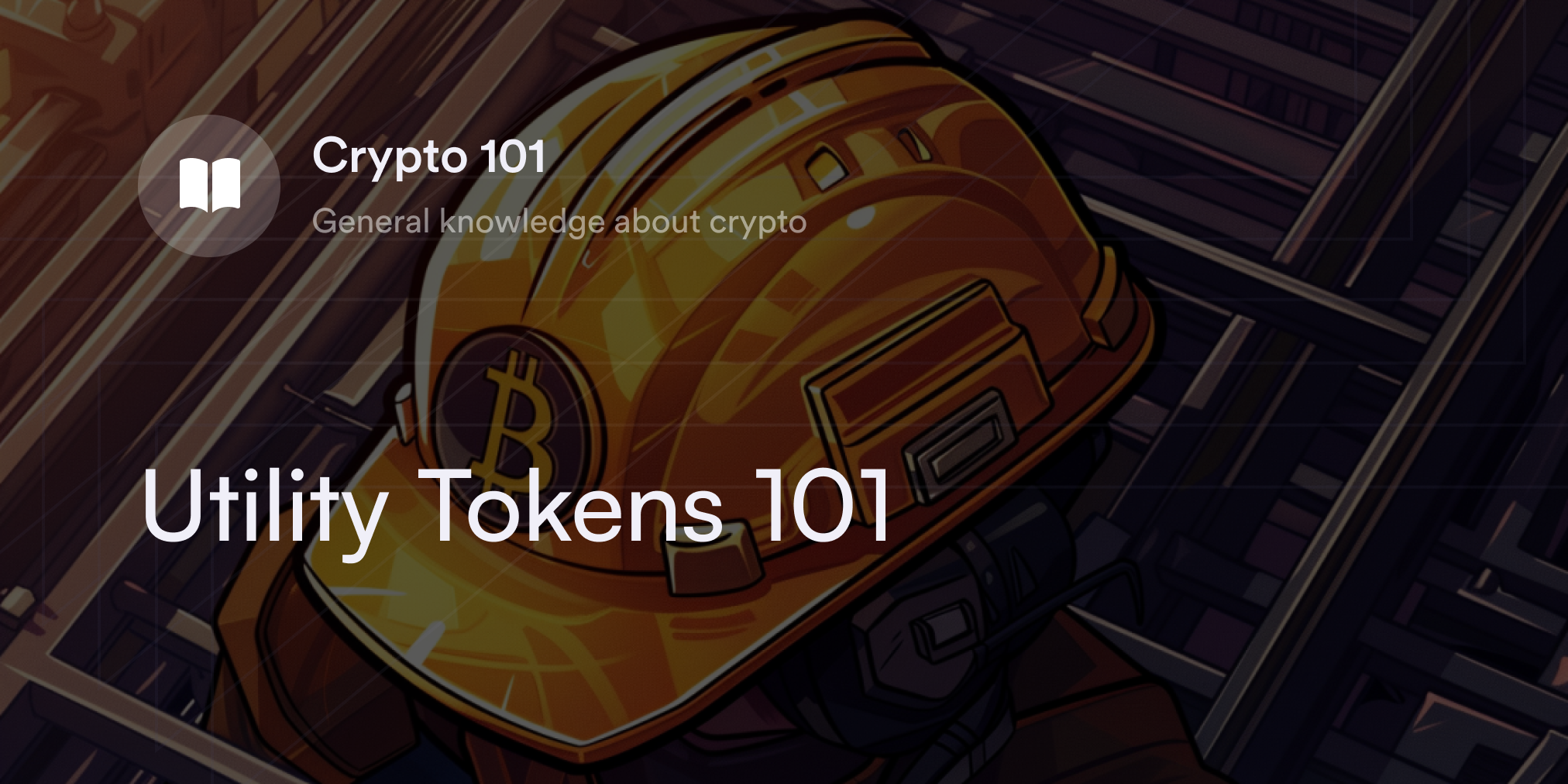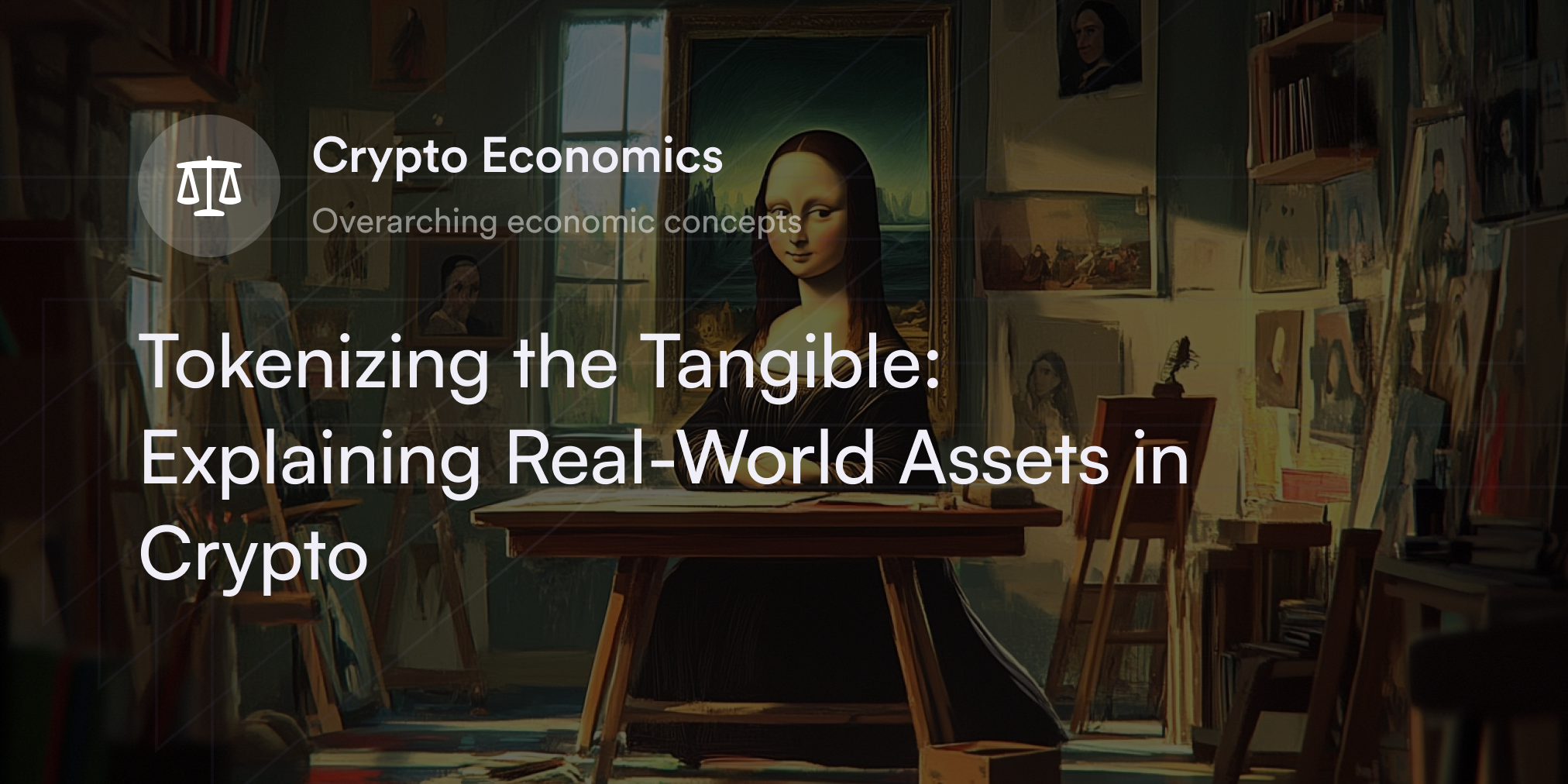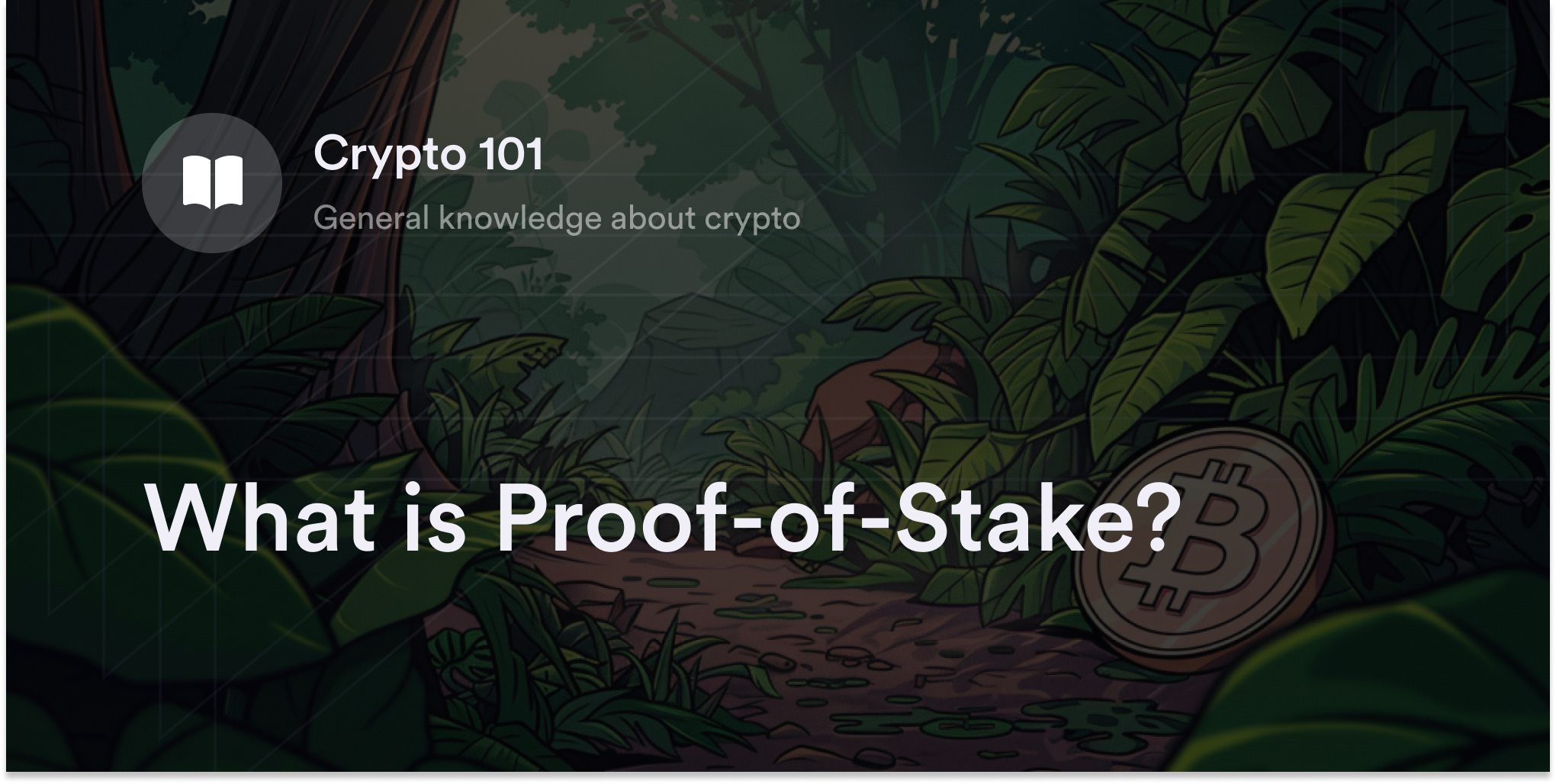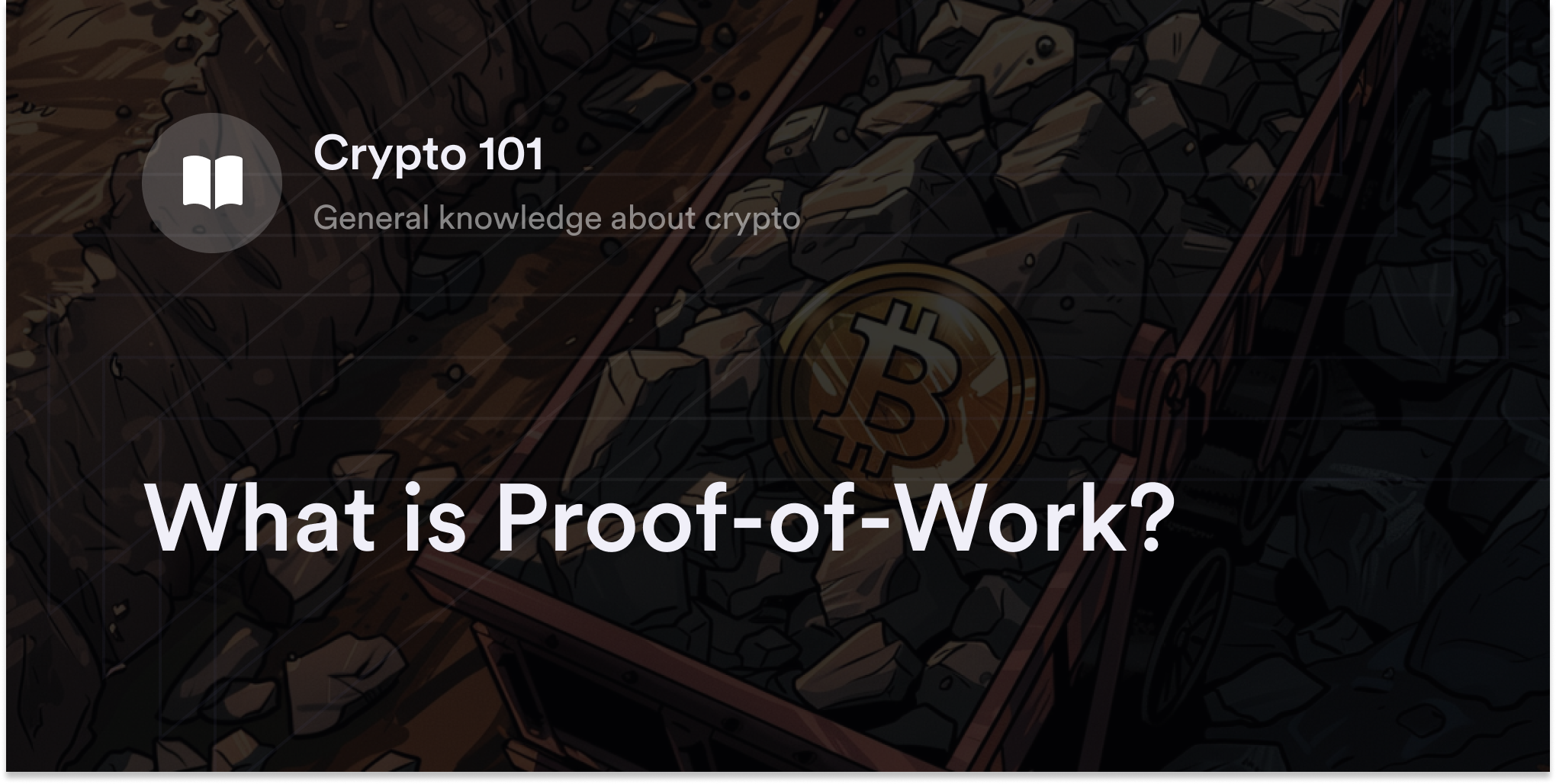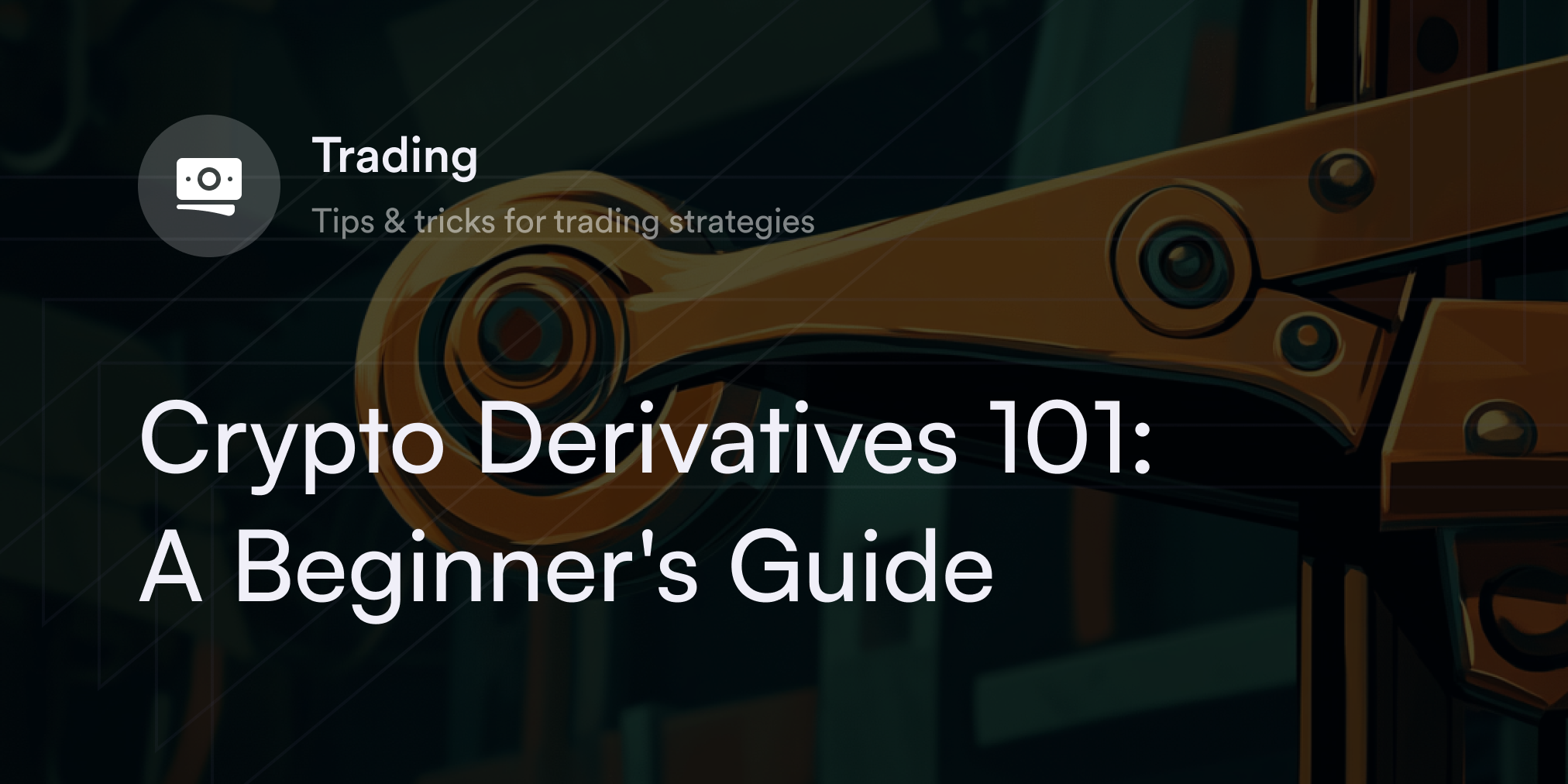
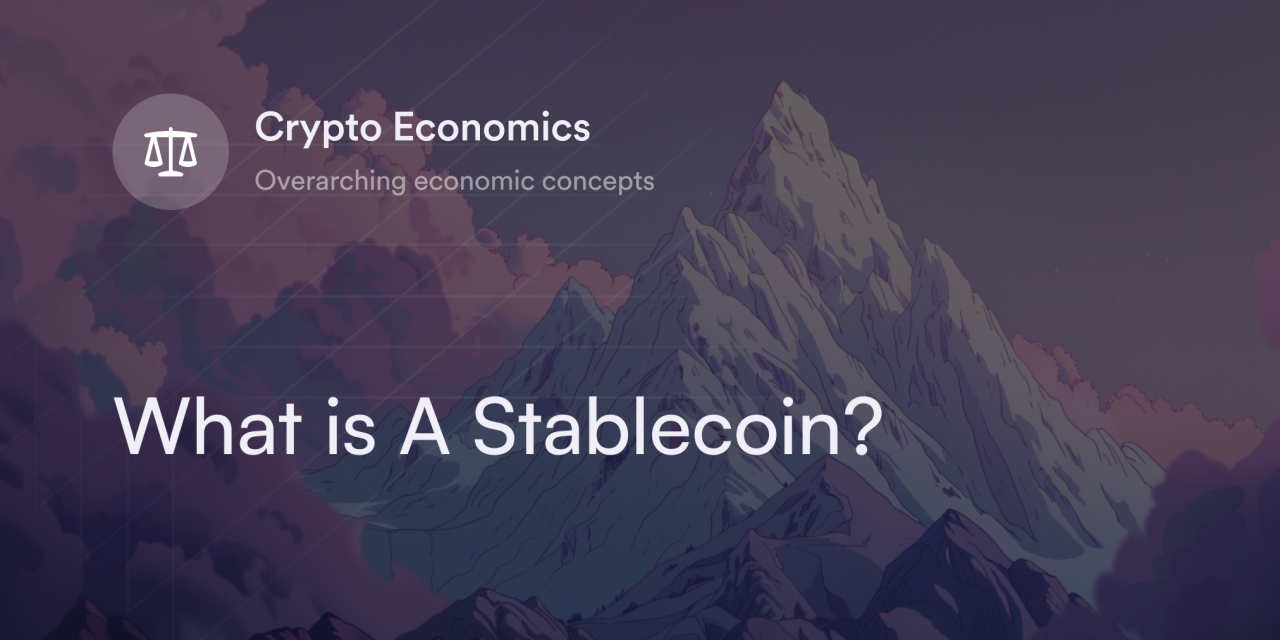

"Price stability" and "cryptocurrency" aren't phrases often mentioned in the same sentence. One look at the historical price charts of coins like Bitcoin (BTC) reveals hundreds of steep and sharp changes in value. In fact, recent studies suggest BTC's price fluctuates by an average of 4% every day—and smaller digital assets have even higher daily price changes. There is, however, a class of cryptocurrencies dedicated to stabilizing the wild price swings in the market. These so-called "stablecoins" are so popular that they often outrank Bitcoin in daily trading volume.
Today, stablecoins are an undeniable force in the cryptocurrency ecosystem with a multi-billion-dollar valuation. As stablecoin sales continue to soar, more traders are curious about what a stablecoin is, how it works, and why someone would buy it.
What is a Stablecoin?
Stablecoins are cryptocurrencies linked to the price of a traditional reserve asset. The most actively traded stablecoins track the price of the U.S. dollar (USD), but others mirror the price of other assets, including the Euro, Yuan, and gold. Similar to traditional cryptocurrencies such as BTC and Ethereum (ETH), people who hold stablecoins store them in cryptocurrency wallets and transfer them on decentralized peer-to-peer (P2P) payment networks called “blockchains.”
Although stablecoins have the same market value as many government-backed currencies, they don't have the same legal status as real fiat currencies. For example, USD stablecoins may be linked to dollars, but they are not backed by any government guarantees and do not function like currencies. In addition, deposits or accounts of stablecoins don't qualify for federal protections such as Federal Deposit Insurance Corporation (FDIC).
Even though "stablecoin" has "coin" in its name, it is nevertheless a "crypto token" and there are no assurances as to its value. To qualify as a coin, a cryptocurrency needs to be a fundamental part of its blockchain's internal software. For example, Bitcoin is a coin because it's built into the structure of its blockchain to both transfer value and pay transaction fees. By contrast, tokens are "add-on" cryptocurrency projects that exist on top of a coin's blockchain. A few major blockchains which support stablecoins include Ethereum, Solana, and Avalanche.
How Does a Stablecoin Work?
Many of the most popular stablecoins use a "reserve-backed" system which attempt to ensure every token in circulation maintains a 1:1 value with its target real-world asset (e.g., the USD or gold). In this model, the company behind a stablecoin deposits or withdraws cash from its bank accounts to match the market value of its cryptocurrency. Theoretically, if everyone wanted to redeem a reserve-backed stablecoin for fiat at the same time, the stablecoin issuer should have the funds on hand to fulfill everyone's request. Most often, companies offering reserve-backed stablecoins hold a mix of cash and "dollar-denominated" assets like government bonds or precious metals to generate yield and diversify their holdings. A few experimental reserve-backed stablecoins—most notably MakerDAO's DAI—rely on cryptocurrency collateral like ETH rather than fiat funds to secure their tokens. In such instances, the reserve backing the stablecoins are subject to the risk of changes in value of the cryptocurrencies against the dollar or other base currency.
Algorithmic stablecoins are another asset class that’s far riskier than reserve-backed stablecoins because token issuers don't hold any funds in reserve. Instead, these tokens typically use intricate programs to incentivize traders to buy or destroy (“burn”) another cryptocurrency tied to the stablecoin's underlying value.
The company Terraform Labs' UST token is a prominent example of a failed algorithmic stablecoin. In Terraform Labs' system, traders burned 1 UST to mint $1-worth of its sister cryptocurrency LUNA, or burned $1-worth of LUNA to mint 1 UST. In theory, the excess buying or selling pressure whenever UST strayed from its $1 level would keep its price close to $1. However, after an unknown trader sold 285 million of UST in May 2022, UST's price slipped below $1 and continued dropping until it fell to zero. While Terraform Labs' failure doesn't mean all algorithmic stablecoins are doomed, they're currently one of the more speculative and experimental types of cryptocurrency.
What's the Purpose of Stablecoins?
Stablecoins help traders manage and define their risk when trading cryptocurrencies. Since fiat currencies like the USD aren't as volatile as cryptocurrency assets, traders often switch their cryptocurrency holdings for stablecoins to lock in profits or cut losses.
But why would a trader buy stablecoins rather than their fiat equivalents? Stablecoins are so popular in the cryptocurrency market because of their accessibility. Despite the market's continued growth, it's challenging to directly transfer between fiat currencies and cryptocurrencies on many trading platforms, especially in decentralized finance (DeFi). DeFi applications offer traditional financial services like trading or lending, but they exist on blockchains without centralized intermediaries. If people want to trade on decentralized exchanges (DEXs) like Uniswap or dYdX, stablecoins offer the stability of fiat currency within the cryptocurrency ecosystem.
Cryptocurrency traders also use stablecoins in DeFi to explore alternative investment opportunities. For instance, people send stablecoins on DeFi lending sites like Aave, Balancer, or Compound Finance to earn a yield from borrowers. Some DeFi platforms offer “stablecoin staking” to earn passive rewards for locking these tokens in a protocol. DEXs like Uniswap and Curve let traders send stablecoins to digital vaults called "liquidity pools" to earn a percentage of the protocol's trading fees.
Outside of trading and DeFi activity, some use stablecoins for daily purchases, remittances, or to hedge against their country's fiat currency. A growing number of residents in nations with high inflation, like Argentina, turn to USD stablecoins to preserve their purchasing power compared to the Argentine peso. Recent data from the blockchain firm Chainalysis suggests 31% of small transactions in Argentina are in USD stablecoins.
Examples of Popular Stablecoins
Cryptocurrency price aggregator sites, such as CoinMarketCap, have a dedicated tab for stablecoins detailing each token's total amount of money currently invested in the cryptocurrency project and daily trading volume. Although there are dozens of stablecoins on CoinMarketCap's list, here are the assets that tend to see the most usage:
USDT: Also called "Tether," USDT is the oldest and largest stablecoin and is often the most actively traded token. The Hong Kong company iFinex Inc., which also owns the centralized crypto exchange (CEX) Bitfinex, is responsible for issuing this USD stablecoin. Despite questions and controversies over what's in iFinex's Tether reserves, USDT remains a widely-traded stablecoin on blockchains such as Ethereum, Tron, and Avalanche.
USDC: Released in 2018, USDC is a reserve-backed USD stablecoin similar to Tether. The American fintech company Circle and the CEX Coinbase created USDC as a more transparent alternative to USDT. To maintain trust with the community, Circle works with third-party auditors like Deloitte and constantly publishes reserve reports online.
DAI: DAI is an Ethereum-based stablecoin issued on the DeFi protocol MakerDAO. Instead of storing dollars in physical reserves for each DAI it mints, MakerDAO lets anyone with a crypto wallet deposit cryptocurrency into virtual vaults to take out DAI loans. Therefore, every DAI in the ecosystem has an equivalent amount of cryptocurrency stored on MakerDAO's DeFi platform.
Which Stablecoins Have Historically Been Less Risky?
Reserve-backed stablecoins tend to be more resilient than algorithmic stablecoins, but even these tokens don’t always hold their market value. Notably, USDC briefly slipped below $1 USD after Silicon Valley Bank (SVB) declared bankruptcy in early 2023. Circle held $3.3 billion in an SVB account, meaning it didn't have the collateral to back 3.3 billion USDC in circulation. Although USDC recovered after the U.S. Government stepped in to assist SVB depositors, this incident highlights the centralization risk associated with reserve-backed stablecoins. Traders must trust that the company or protocol behind their stablecoin always has equivalent collateral for every token they mint and be aware of the risks should the company or protocol fail to have sufficient assets backing their tokens.
Typically, stablecoin issuers with third-party audits and government accreditations like Paxos, Gemini, and Circle are considered as the "least risky" by the crypto industry, but they still have central points of failure. In crisis scenarios, such as a bank failure or security breach, there's always a chance a stablecoin drops below market value. Traders should carefully screen their stablecoin's reputation and understand the inherent risks of these cryptocurrencies before deciding which—if any—to buy. Because there is no government oversight of stablecoins, and, in many instances, no third party verification process, there is no assurance that the assets purportedly backing stablecoins are actually held by or on behalf of the sponsor or regarding the manner in which they are held.
How to Buy Stablecoins
Prominent stablecoins such as USDT, USDC, and DAI are available on most CEXs and DEXs. To buy stablecoins, traders must create an account on a CEX or link a crypto wallet to a DEX to exchange cash or coins for their preferred stablecoin. A few fiat-to-crypto services, MoonPay, also offer access to popular stablecoins like USDC.
For the latest information on which exchanges offer each stablecoin, visit the "Stablecoins" page on CoinMarketCap or CoinGecko and click on the token you’re interested in buying. Look under the "Markets" to see all of the CEXs and DEXs offering stablecoin trading services for that particular asset.
Convert USD to USDC on dYdX
dYdX wants to make decentralized crypto trading a fast, frictionless, and low-fee experience. To achieve this goal, we've partnered with the fiat on-ramp service Banxa to offer simple conversions between fiat currencies and USDC. dYdX traders have the freedom to transfer fiat funds from a credit card or bank account through Banxa to receive stablecoins in their accounts.
And to help new investors protect their positions in Web3, dYdX offers free beginner-friendly guides on trading, storing, and transferring cryptocurrencies—check out our Academy for more information. Also, check out dYdX's blog to get the latest in the cryptocurrency world. Head to our exchange page to start trading on dYdX today!
Disclaimer
The content of this article (the “Article”) is provided for general informational purposes only. Reference to any specific strategy, technique, product, service, or entity does not constitute an endorsement or recommendation by dYdX Trading Inc., or any affiliate, agent, or representative thereof (“dYdX”). Use of strategies, techniques, products or services referenced in this Article may involve material risks, including the risk of financial losses arising from the volatility, operational loss, or nonconsensual liquidation of digital assets. The content of this Article does not constitute, and should not be considered, construed, or relied upon as, financial advice, legal advice, tax advice, investment advice, or advice of any other nature; and the content of this Article is not an offer, solicitation or call to action to make any investment, or purchase any crypto asset, of any kind. dYdX makes no representation, assurance or guarantee as to the accuracy, completeness, timeliness, suitability, or validity of any information in this Article or any third-party website that may be linked to it. You are solely responsible for conducting independent research, performing due diligence, and/or seeking advice from a professional advisor prior to taking any financial, tax, legal, or investment action.
You may only use the dYdX Services in compliance with the dYdX Terms of Use available here, including the geographic restrictions therein.
Any applicable sponsorship in connection with this Article will be disclosed, and any reference to a sponsor in this Article is for disclosure purposes, or informational in nature, and in any event is not a call to action to make an investment, acquire a service or product, or purchase crypto assets. This Article does not offer the purchase or sale of any financial instruments or related services.
By accessing this Article and taking any action in connection with the information contained in this Article, you agree that dYdX is not responsible, directly or indirectly, for any errors, omissions, or delays related to this Article, or any damage, injury, or loss incurred in connection with use of or reliance on the content of this Article, including any specific strategy, technique, product, service, or entity that may be referenced in the Article.
